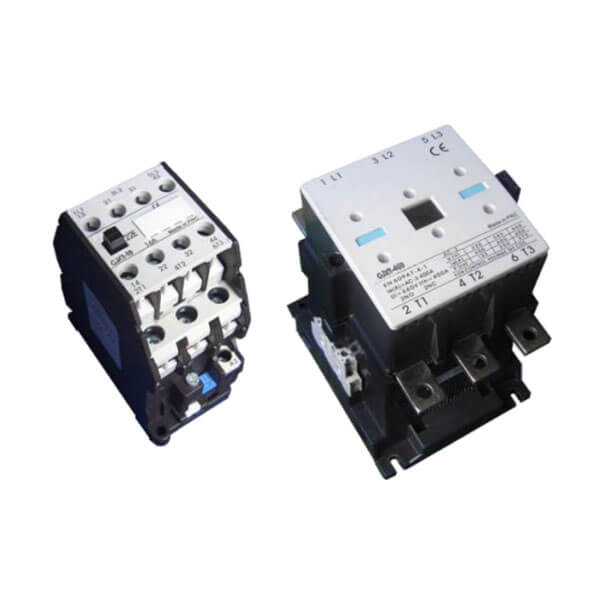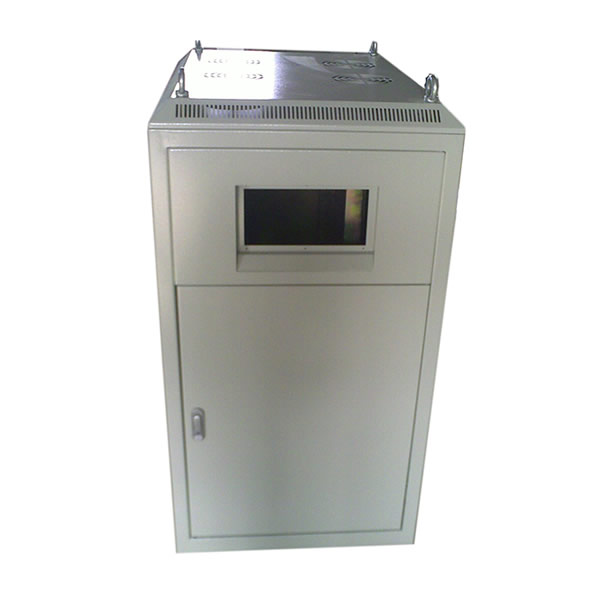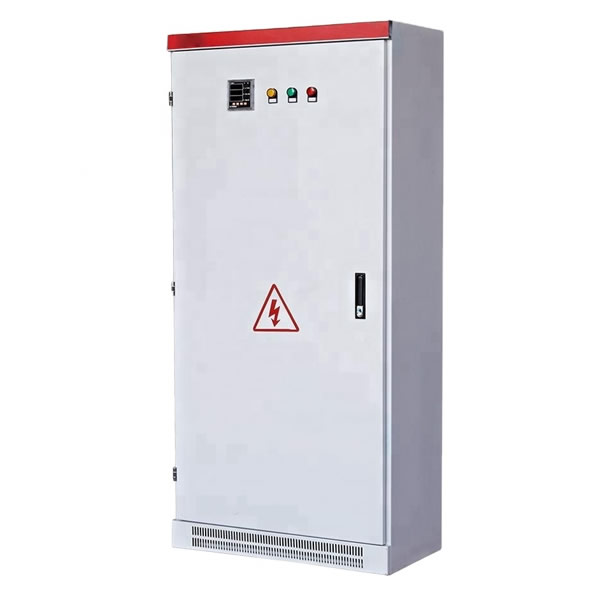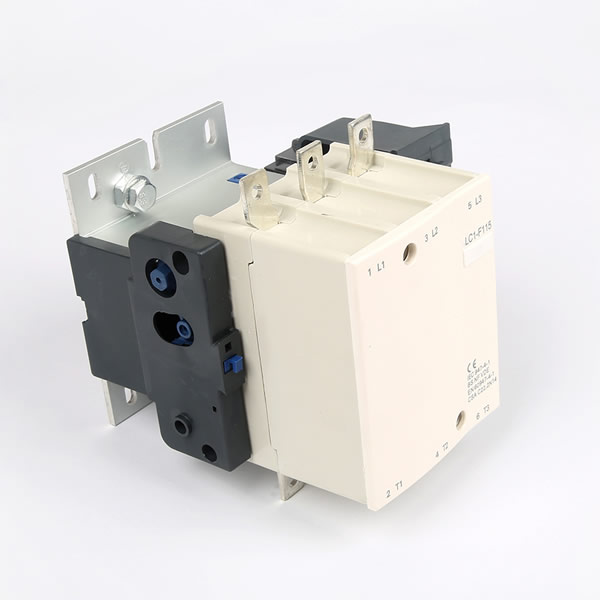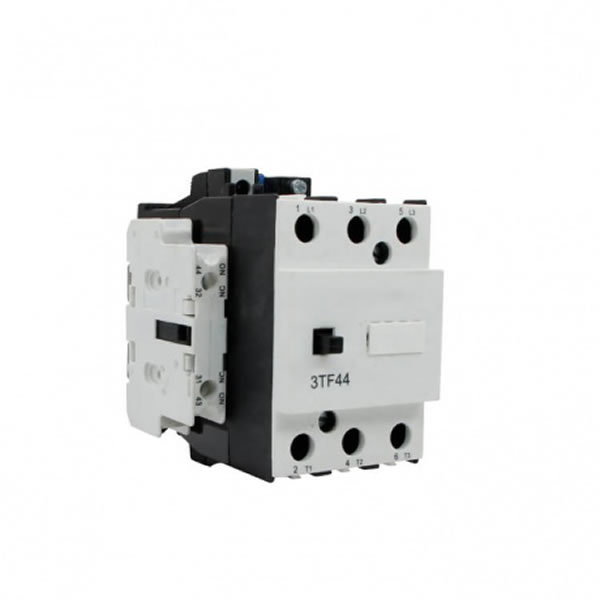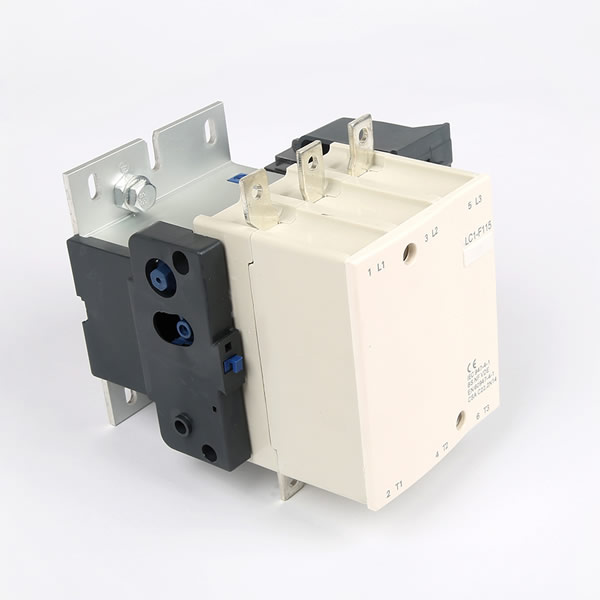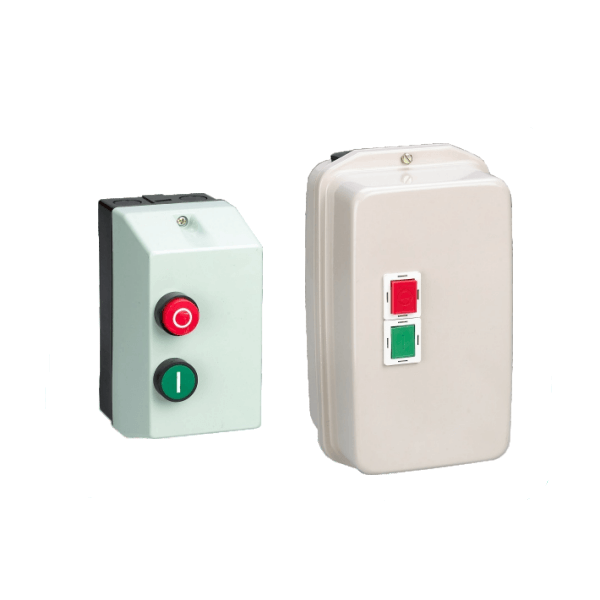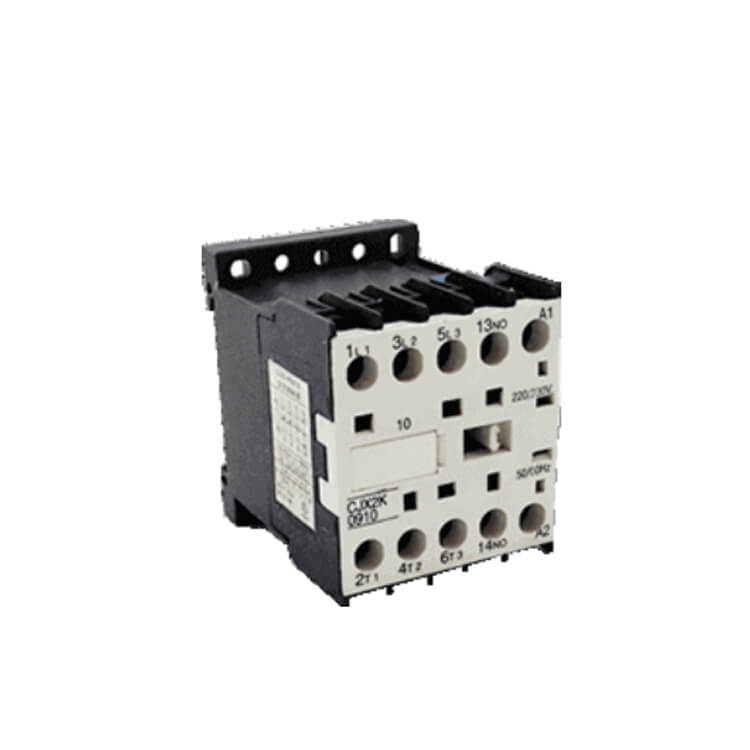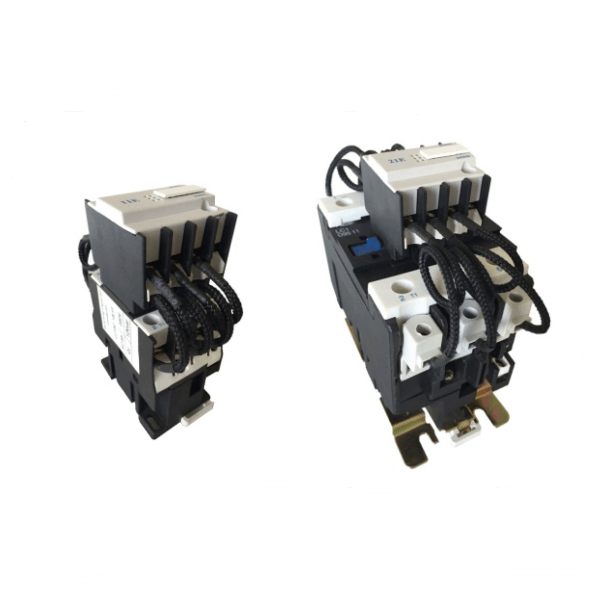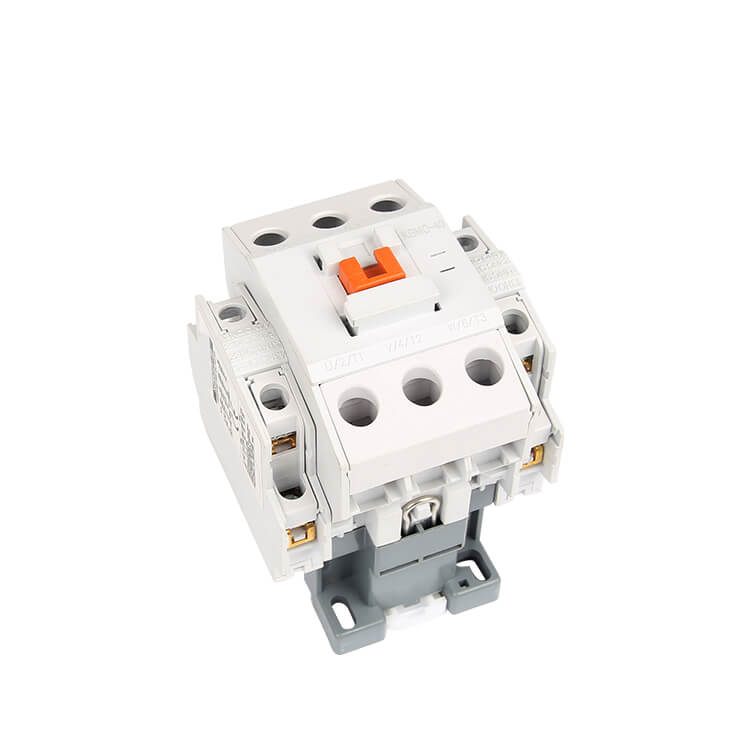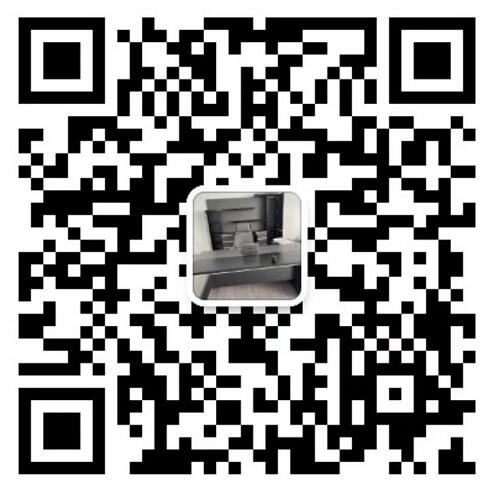How can the wiring of distribution box and distribution cabinet be standardized? Do you know this?
1、 Precautions for wire connection of distribution cabinet:
1. First of all, it is necessary to ensure that the cross section of the conductor can carry normal working current, which is the same as the loss and heating of components in the cabinet, so that the temperature is higher than that outside the cabinet, leaving enough allowance. For the wire connection of control circuit, the requirements for tensile strength under special conditions shall also be considered.
2. There are buttons and other components on the cabinet door of the control cabinet, which makes it extremely necessary to place the standby line on the cabinet door. Because it is possible to modify and increase the circuit according to the actual working conditions on site, and the harness on the cabinet door is usually protected by winding pipe, it is particularly troublesome to add wires to the components on the cabinet door on site. Therefore, the color of the spare line is also very conspicuous yellow, so that the modified and added circuits in the cabinet can be seen at a glance.
3. Special copper connectors and matching standard crimping tools must be used for terminal treatment of control lines. It is found in the manufacturer that the cutting edge of diagonal pliers is used for shear crimping or the stress plane of other pliers is used for plane extrusion crimping. However, the problem with using these methods is that the crimping quality of each wire end connector will change greatly with the grip strength of the operator and the fatigue degree of the operator's wrist. If the grip is too strong, the copper joint and copper wire will be cut together. If the grip strength is small, it can only ensure that the copper joint is not separated from the copper wire temporarily, but these problems will not be found during general inspection, which will bring more "test questions" to the complex on-site maintenance. Naturally, there is no guarantee of product quality.
2、 Standards for conductor connection of distribution cabinet:
1. The cross-sectional area of insulated conductor of distribution board shall be 1.0mm ², For low-level electronic circuits, cross-sectional area less than 1.0mm is allowed ² Conductor (but not less than the requirements of the electronic equipment manufacturer for the section of the installed conductor). The cross-sectional area shall not be greater than 8mm ² When, the bending radius shall be greater than 3 times of its outer diameter. Transition conductors of movable parts such as distribution boards and panels shall have sufficient windability.
2. The insulation of the connecting conductor shall be resistant to moisture, mildew and flame retardation, and its insulation voltage grade is: when the line working voltage is less than or equal to 100V, the insulation voltage grade shall be greater than or equal to 250V; When the line working voltage is greater than 100V and less than or equal to 450V, the insulation voltage level shall be greater than or equal to 500V.
3. The conductor shall be correctly connected to the terminal in strict accordance with the drawings.
4. The wiring shall be arranged orderly, clear and beautiful, and the conductor insulation shall be good without damage.
5. External wiring shall not cause additional stress inside the appliance.
6. The wiring shall be carried out according to the terminal mark.
7. The wire diameter for connecting the power indicator is 1.5mm2.
8. The single circuit wire diameter entering the circuit breaker and leakage switch is 1.5mm2.
9. The wire diameter of single main circuit is 1.5mm2.
10. The route diameter of switch jumper wire is 2.5mm2.
11. The wire diameter of the primary winding entering the transformer is 1.5mm2.
12. The diameter of control line power jumper is 1.5mm2.
13. The diameter of control line is 1.0mm2.
14. The wiring diameter from panel control circuit to base plate is 1mm2.
15. 1.5mm2 for voltmeter wire connection.
16. 1.5mm2 for current transformer conductor connecting wire.
17. 1.0mm2 yellow wire is used for panel spare wire.
18. The lighting line in the cabinet is 1.0mm2.
19. Multi core flexible cord for control line from panel to base plate.
20. Soft and hard wires for backplane wiring.
21. Special cases: 0.3mm2 can be used for PLC, x41, Y41 and other connectors. It can be used when the space in the panel and cabinet is narrow, but it must be approved by the person in charge.
22. The head, tail end and middle of the main circuit conductor shall be marked with color plastic sleeve (yellow, green and red).
23. The color of the connecting wire of the power indicator is consistent with the power supply voltage level.
24. The color of the connecting wire of the voltmeter shall be consistent with the indicated voltage level.
25. The current transformer wire is black. The ends must be covered with insulating sleeves.
26. Special wire connectors shall be generally used at the ends of connecting wires. When the equipment terminal structure is a pressing plate plug-in type, the flat needle copper connector shall be crimped and then connected. When the conductor is a single core hard wire, the wire connector cannot be used, but the wire end is made into a ring connector and then connected.
27. If the cross section of the conductor entering the circuit breaker is less than 6mm2, when the wiring terminal is of pressing plate type, the conductor shall be treated as crimped copper joint to prevent the dispersion of the conductor; If the cross section of the conductor is > 6mm2, the exposed copper part shall be wrapped with fine copper wire and tied tightly before connecting to the pressing plate.
28. Single strand copper core wire and single strand aluminum core wire with cross section of 10mm2 and below can be directly connected with the terminals of equipment and appliances.
29. The wire core of multi strand copper core wire with cross section of 2.5mm2 and below shall be tightened with tin lining or crimped terminals before connecting with the terminals of equipment and appliances.
30. For the terminals of multi strand aluminum core wires and multi strand copper core wires with a cross section greater than 2.5mm2, in addition to the plug-in terminals provided by the equipment, the terminals shall be welded or crimped before connecting with the terminals of equipment and components.
31. If there is no connector at the end of the conductor: for the plug-in connector, l is the plug-in length of the plug-in terminal block; For the annular joint, l takes the length of the annular joint as the appropriate linear part. The length of the straight part shall be considered according to the radius of the flat washer, so that the flat washer is just close to the insulating notch and pressed on the annular joint rather than on the insulating layer.
32. The specification and quantity of conductors shall comply with the design regulations; When there is no provision in the design, the total cross-sectional area of the conductor including the insulating layer shall not be greater than 60% of the cross-sectional area of the trunking.
33. In the trunking with removable cover plate, the sum of the cross-sectional areas of all conductors at the conductor joint including the insulating layer shall not be greater than 75% of the cross-sectional area of the trunking; In the trunking where the cover plate is not easy to remove, the connector of the conductor shall be placed in the junction box of the trunking.
34. When stripping the insulation layer, the wire core shall not be damaged. The end face of the wire core and the insulation layer shall be neat and perpendicular to the axis of the wire core as far as possible. There shall be no oil stain, residue, etc. on the wire core.
35. Special wire stripping tools shall be used to strip the conductor insulation. Neither the wire core nor the UN stripped insulation shall be damaged. The notch shall be flat.
36. The pressing plate or other special clamps shall match the specifications of the conductor core. The fasteners shall be tightened in place and the locking devices shall be complete.
37. Bolt connection, plug-in, welding or crimping shall be adopted between conductor and electrical components, which shall be firm and reliable.
38. Bushing connector and die shall match the specification of conductor core.
39. Before crimping, the rubber film, residue and oil stain on the copper core wire shall be removed.
40. The winding direction of the ring joint shall be consistent with the tightening direction of the terminal nut.
41. Check the joint before crimping, and there shall be no defects such as scars, rust spots, cracks and cracks that hinder the use.
42. In addition to the special wiring design, all terminals in the electric cabinet must be connected with standard crimping pliers and standard copper connectors.
43. After the cabinet door panel control line is completed, at least 20% spare lines must be placed, at least three.
44. The length of the spare line in the cabinet shall be subject to the farthest element in the cabinet.
45. If the panel is in a wireless slot, roll the spare wire into a wire coil with a diameter of 100mm, and reliably fix it at the panel tie with a tie.
46. The cable cores of panels and cabinets shall be regularly configured vertically or horizontally, and shall not be skewed and cross connected arbitrarily. Appropriate allowance shall be reserved for the length of spare core.
47. The wiring of PLC input circuit in the cabinet shall not be laid in the same trunking as the control lines of main circuit and other voltage grade circuits.
48. Avoid connecting several wires to the same terminal. Generally, there should not be more than 2 ~ 3 connectors on components. When several wire joints are connected to the same terminal, the contact shall be flat and good.
49. The centralized control console shall adopt flame retardant marine stranded conductor. Necessary anti-interference measures shall be taken for the conductor transmitting information. Conductors shall be laid in trunking or fixed with clamp plates. The conductor shall be reliably connected and provided with relaxation measures.
50. The short wiring of centrally arranged elements such as terminals does not enter the trunking, so as to facilitate inspection and save the wiring space of the trunking.
51. The cables leading into the panel and cabinet shall be arranged neatly, numbered clearly, avoid crossing, and shall be fixed firmly without mechanical force on the connected terminal strip.
52. The grounding jumper wire of panel and cabinet shall not be wrapped in the harness.
53. The lighting wires in the cabinet exposed outside the trunking must be protected with winding pipes.
54. The exposed part of panel wiring shall be protected by winding pipe.
55. The rubber insulated core wire shall be protected by an insulating tube.
